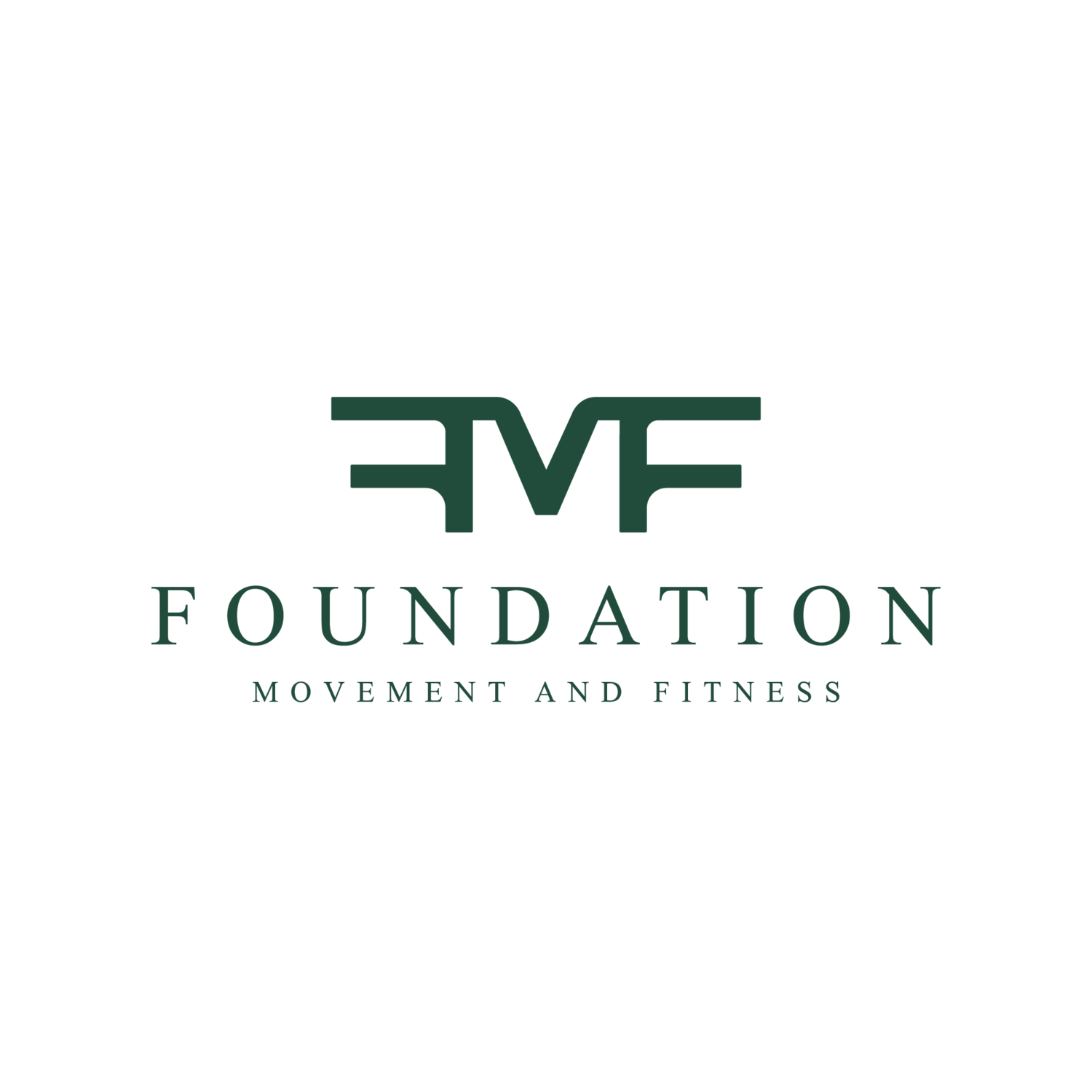Hey everyone!
This week I wanted to touch a little bit on the hinge movement. You may have heard the term “hinge” from trainers, physical therapists, or perhaps online! So what is the hinge and what does it have to do with movement?
The hinge movement originated from the hip joint and pelvis. It quite literally is just hinging that joint as if it were a door hinge. Imagine from your hips up is one side of the hinge, your hips down is the other and your hips themselves are the center. The key here is that as you can see on a door hinge, both sides going away from the core are flat. So when you hinge your hips, you want from your hips to your knees to be flat, and your entire spine to be in neutral so no rounding or arching.
The hinge movement is important to master because it allows us to bend at the hips and perform day to day activities in a safe and injury resistant position. This way, when we bend down we are loading our gluteus maximus, the largest muscle in the body. This muscle was made to handle our body weight. Without a proper hinge, the low back muscles tend to take on all that weight and because those muscles are tiny, over time this often leads to chronic pain or injury of the low back.
At FMF, we use the stick hinge technique to train and teach the hinge movement. The video above shows what that looks like:
Once you’ve mastered the hinge pattern, a great way to train and strengthen it is with Romanian Deadlifts. They’re fantastic for training the hip hinge and hamstrings. The hamstrings are utilized to move your hip joint and your knee joint and it’s important to train both of those movements for strong, functional musculature. The RDL is a relatively easy movement to do correctly and is something we teach a lot at FMF.
You’ll essentially be doing the stick hinge but with holding dumbbells in your hands.
Here’s a quick checklist for the RDL:
Big breath in at the top, brace the A… hold this from the beginning all the way until your return to the starting position
Hinge at the hips… send your butt to the back of the room, this loads the glutes and hamstrings… you should feel a nice stretch on the hamstrings.
With a flat back, neutral spine, bring your torso down letting the weights glide closely to your body
**Note: keep in mind it’s not necessary to stretch your hamstrings to the absolute farthest range possible to properly perform and benefit from the movement. Regardless of if your flexibility allows you to go further, hitting mid-shin is plenty fine for depth.
On the other hand if you struggle with having very limited hamstring flexibility, only go as far as you can so that you can keep your spine neutral… Once you start rounding you’ve gone too far. Your mobility will improve, just be patient.
At the bottom you should have your hips sent back, glutes up in the air, shins perpendicular to the ground, TA braced, shoulders engaged and neck neutral. To come back up, engage your glutes and hamstrings and finish with a posterior pelvic tuck, not hyperextending your lumbar spine.
